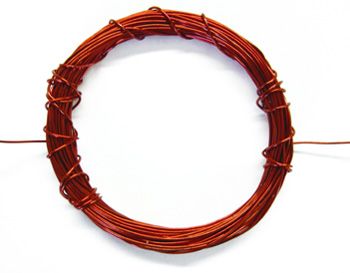My Cart
Your Shopping Cart is currently empty. Use Quick Order or Search to quickly add items to your order!
Mike Isley
Product Developer
Your students enjoy listening to their favorite playlists on MP3 players and cell phones. With this engaging inquiry activity, now they can understand how their headphones or speakers create the sounds they love. They will make speakers from ordinary household materials and, in the process, discover the science of how speakers create sound.
Audio speakers consist of a thin coil of copper wire (voice coil) that surrounds a stationary permanent magnet. The top of the voice coil is attached to the center of a thin cone-shaped paper diaphragm. The coil and diaphragm are both free to move. As the audio electrical signal comes from a radio, MP3 player, or cell phone, it enters the voice coil. The electron flow through the coil produces an electromagnet with a north and a south pole. Unlike a permanent magnet, an electromagnet can switch its poles by reversing the flow of electrons. The amplifier in the music device constantly switches the direction of flow for electrons, which causes the magnetic poles of the voice coil to oscillate back and forth from north to south. This results in a push-pull effect as the permanent poles of the surrounding magnet attract and then repel the switching poles of the electromagnetic voice coil. This attraction and repulsion of the voice coil causes the connected diaphragm to vibrate up and down, creating sound waves for voice and music. See the cross section of a speaker (Fig. 1) below1.

|
Figure 1 Cross section of a speaker. |
Per group

|
Figure 2 Earphone plug posts with connected wire. |

|
Figure 3 Alligator clips attached to other ends of the wires. |

|
Figure 4 Coil with wrapped sides. |

|
Figure 5 Wire coil on magnets. |

|
Figure 6 Pan and magnet/wire assembly (top). |
1http://www.simplyspeakers.com/speaker-repair-how-to-tips-tricks-faq.html (accessed March 12, 2013).